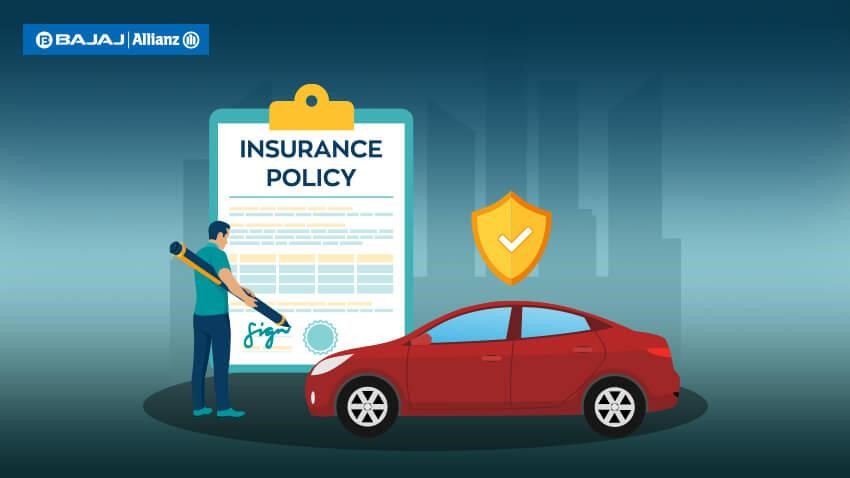The coronavirus pandemic, which started at the tail end of 2019, is still making its presence felt across the globe, thanks to the many mutations of the virus. Avoiding human interaction is the only possible way to curb its rampant spread. Hence, contactless services have been the go-to option for many since then.
Contactless or zero-contact service, as the name suggests, is the process where you need not interact with a person physically and instead have to get things done via online or mobile applications. From food ordering to shopping for clothes and groceries, all lines of businesses have adopted the contactless approach and car insurance is no exception.
Zero-contact process to buy car insurance online
Car insurance is a legal requirement as per the Motor Vehicles Act that all car owners need to mandatorily comply with. Traditionally, car insurance could be bought from either an insurance agent or directly by visiting the insurance company’s branch. But with the advent of the digital revolution in the country, like most businesses that have transitioned to using online channels for their sales, car insurance plans are also available online. Essentially, all online sales of car insurance plans are contactless, and you need not submit any documents physically to the insurance company.
While a website is one way to
buy car insurance online or renew an existing plan, mobile applications are another channel through which an entire purchase can be initiated. The specifics of the buying process remain similar with just a change in the platform (from web-browser-based to mobile-application-based.
Here’s how you can buy car insurance in a contactless manner:
-
Visit the insurance company’s website
The first step in buying car insurance online is to visit the insurance company’s website, where you can locate several plans that are offered. You can also download the insurance company’s mobile app, if available.
-
Choice of policy
Car insurance plans are available in two broad categories—a third-party liability plan and a comprehensive plan. The Motor Vehicles Act requires a minimum and mandatory insurance coverage of third-party cover, while comprehensive policies are an optional upgrade. Since these
third party car insurance plans are the most basic insurance coverage one needs to have, their premiums are governed by the Insurance Regulatory and Development Authority of India (IRDAI). However, third-party covers are limited in their coverage, and hence, do not provide comprehensive insurance coverage.
Contrary to third-party plans, comprehensive policies offer an all-inclusive insurance cover, wherein the damages to your car are also covered along with third-party legal liabilities.* Deciding on the right insurance policy is essential as it defines the scope of your entire policy period. Only those perils covered by the policy coverage can be claimed.
-
Selection of the right add-ons with comprehensive policies
Once you have finalized a comprehensive car insurance plan, you can select suitable add-ons. Add-ons are additional policy features that cover the limitations of a standard comprehensive insurance cover. For instance, depreciation, which substantially lowers the pay-out of a claim, can be bypassed using a zero-depreciation cover.* Similarly, other add-ons exist, such as the return to invoice cover, engine protection cover, key replacement cover, 24X7 roadside assistance cover, and more.
-
Analyzing the policy terms
Once the preferred insurance company, its policy and the additional features are finalized, you must proceed with checking the policy documents. At the time of purchase or during
car insurance renewal online, these documents can be downloaded to be thoroughly read at your convenience.
-
Providing personal and vehicle-related details
After thoroughly reading through the policy documents, you can proceed with applying for the insurance cover by providing personal details such as your name, address, age, etc. in addition to the vehicle’s information that is to be insured.
-
Making online payment
An online policy purchase enables you to pay either via net banking, credit card, or debit card. Some insurance providers also facilitate payment via UPI too. There is also an instantaneous acknowledgment of such an online payment. Further, the coverage of your policy starts from the moment your payment is successful.
While the steps for online policy purchase enable zero-contact insurance plans, you can also make use of the mobile application offered by your insurance company.
*Standard T&C Apply
Insurance is the subject matter of solicitation. For more details on benefits, exclusions, limitations, terms and conditions, please read the sales brochure/policy wording carefully before concluding a sale.
 Service Chat:
Service Chat: 

